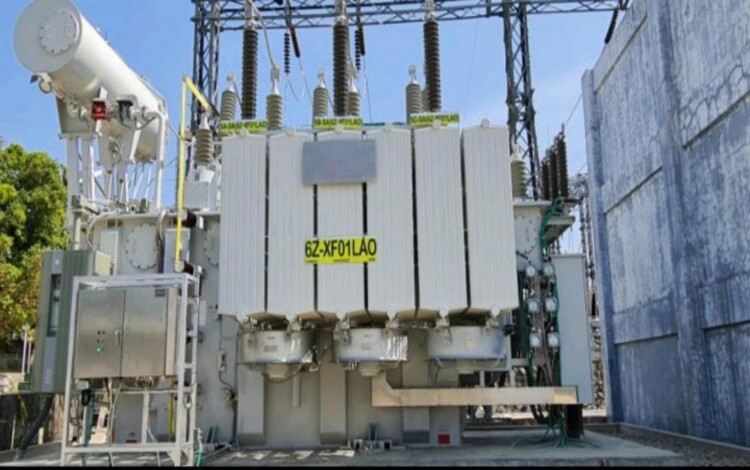The National Grid Corporation of the Philippines (NGCP) has issued a yellow alert for the Luzon grid, signaling potential strain on the region’s power supply. Scheduled for Monday, this alert highlights the delicate balance between energy demand and available capacity. Understanding the implications of such alerts is crucial for both consumers and policymakers.

The yellow alert, slated from 3 p.m. to 5 p.m. and from 8 p.m. to 11 p.m., reflects the grid’s limited operating margin. Despite an available capacity of 14,902 megawatts (MW), the expected peak demand of 13,823 MW leaves little room for error. Notably, the NGCP reports a significant portion of the grid’s capacity—1,443.3 MW—is currently unavailable due to forced outages and derated capacity.
The severity of these outages underscores the challenges faced by the energy sector. Four plants have been offline since 2023, with additional outages occurring in 2024. Such disruptions not only strain the grid but also highlight vulnerabilities in maintenance and infrastructure. As a result, the grid operates under constant scrutiny to ensure stability and reliability.
A yellow alert serves as a warning, signaling an insufficient operating margin to meet contingency requirements. While not as severe as a red alert, which indicates imminent power interruptions, it necessitates proactive measures to stabilize the grid. These measures may include the activation of reserve power sources, demand-side management initiatives, or appeals for conservation from consumers.
For consumers, a yellow alert serves as a reminder of the interconnectedness of energy supply and demand. It underscores the importance of energy efficiency and conservation practices, especially during peak hours. By reducing consumption during critical periods, consumers can alleviate strain on the grid and contribute to its stability.
𝐆𝐑𝐈𝐃 𝐀𝐋𝐄𝐑𝐓 𝐒𝐓𝐀𝐓𝐔𝐒: Luzon grid status as of 29 April 2024, 8:00AM pic.twitter.com/zrqgmh3RaX
— NGCP (@NGCP_ALERT) April 29, 2024
From a policy perspective, yellow alerts highlight the need for robust energy planning and infrastructure investment. Addressing the root causes of outages, such as aging power plants or inadequate maintenance, requires coordinated efforts from both public and private stakeholders. Moreover, investing in renewable energy sources and grid modernization can enhance resilience and mitigate future risks.
